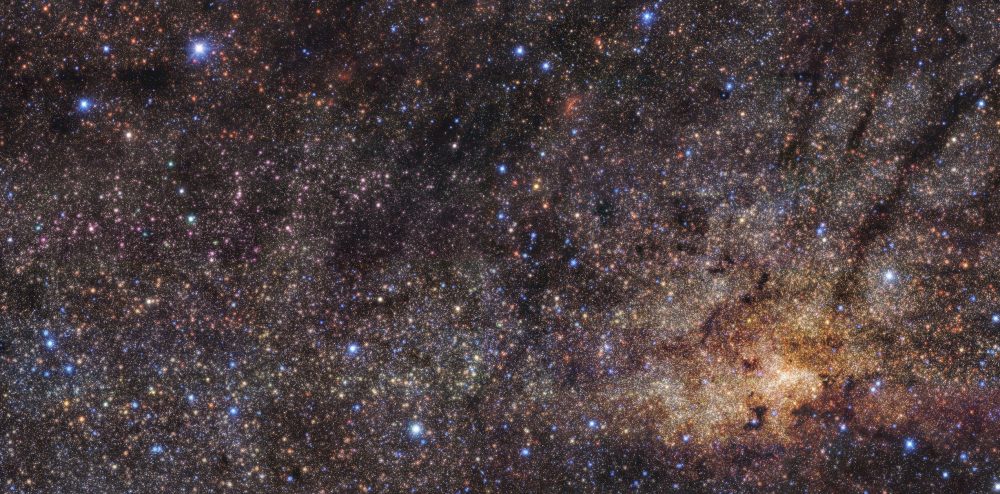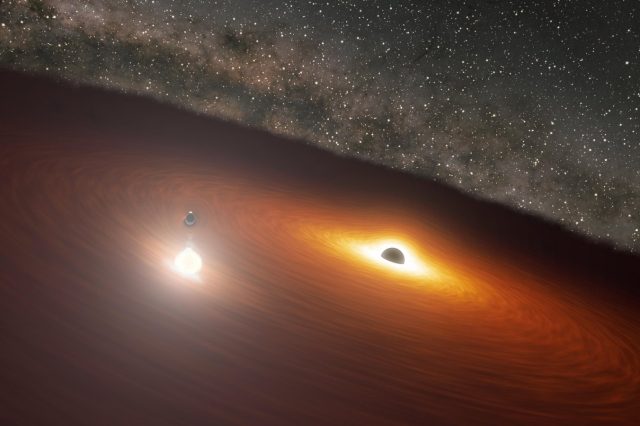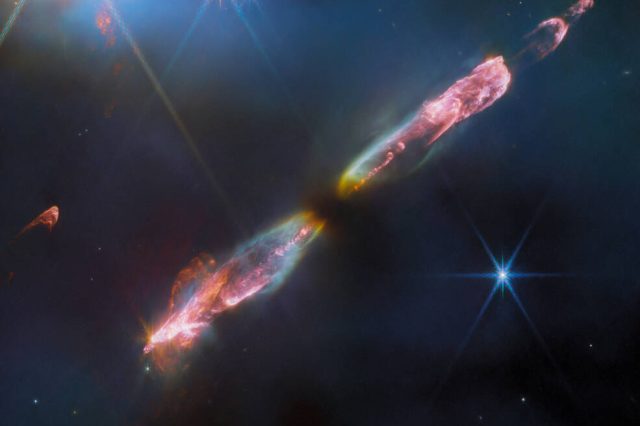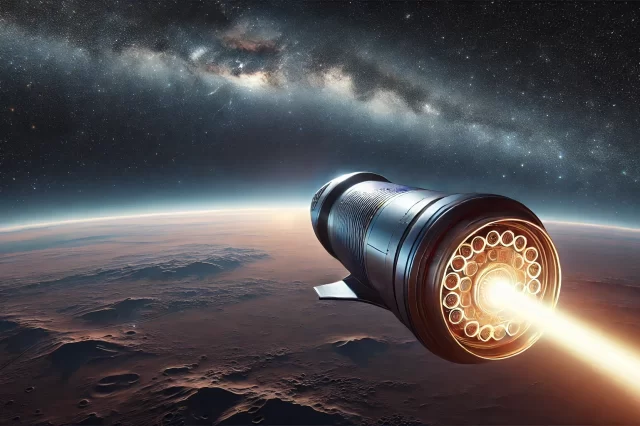It is believed that the Milky Way Galaxy--our Galaxy--is home to roughly 400 billion stars. Out of those 400 billion, 7% are G-Type Stars similar to our sun. This tells us that there are around 6 billion stars that likely host an Earth-like planet around them, in our Milky Way Galaxy alone.
Which is greater; the number of sand grains on Earth or stars in the sky? This is perhaps one of the oldest questions on Earth, and counting any of the two is a nearly impossible task.
However, we can make an educated guess and use math to figure out an approximately correct number.
But what about planets in the universe? What about exoplanets in our galaxy alone? How many are there? And how many of those planets are similar to our world? According to a new estimate by astronomers, there are probably over 6 billion Earth-like planets in our Milky Way Galaxy alone.
6 billion Earth-like planets
Thea astronomers base their calculation on “an independent planet catalog compiled from our search of all ~200,000 stars observed over the Kepler mission, with precise planetary radii supplemented by Gaia DR2-incorporated stellar radii.”
The new estimate comes not long after a study had revealed that the Milky Way Galaxy is home to at least 36 intelligent alien civilizations. So now, more than ever, the chances that we are alone in the universe is lower than ever.
To be considered a world like Earth, the planet must be rocky, similar to Earth, and orbit a star like the Sun (type-G). It also has to be located in its star’s habitable zone – the star’s distance where a planet liquid wald could exist on its surface. We assume that where there is liquid water, there could be life.
“My calculations place an upper limit of 0.18 Earth-like planets per G-type star,” says UBC researcher Michelle Kunimoto, co-author of the new study in The Astronomical Journal.
“Estimating how different common kinds of planets are around different stars can provide important constraints on planet formation and evolution theories, and help optimize future missions dedicated to finding exoplanets.”

According to astronomers, the Milky Way has as many as 400 billion stars, with 7% of these being G-type stars. This means that over 6 billion stars could have planets like Earth in our galaxy.
Previous estimates of the frequency of rocky worlds like ours put the figure between 0.02 and more than 1% of potentially habitable planets per star like the Sun.
Finding an approximate number of Earth-like planets in our galaxy is by no means an easy task. That’s because planets like ours are typically more likely to get lost in search data since they are small and orbit at an average distance from their stars.
This means that the catalog of planets represents only a tiny subset of worlds that we know are in orbit around the searched stars.
Kunimoto used a technique known as “forward modeling” to overcome these challenges.
Kunimoto explained how she came to her conclusions.
“I started by simulating the full population of exoplanets around the stars Kepler searched. Next, I marked each planet as ‘detected’ or ‘missed’ depending on how likely it was my planet search algorithm would have found them. Then, I compared the detected planets to my actual catalog of planets. If the simulation produced a close match, then the initial population was likely a good representation of the actual population of planets orbiting those stars.”
But in addition to estimating the number of billions of Earth-like planets, Kunimoto’s research also helped us better understand one of the enigmas of exoplanet science; the so-called radius gap of exoplanets.
This radius shows how uncommon it is for planets with orbital periods of less than one hundred days to have a size ranging between 1.5 and 2 times that of our planet.
Kunimoto discovered that the radius gap exists in a much narrower range of orbital periods than previously assumed.
Join the discussion and participate in awesome giveaways in our mobile Telegram group. Join Curiosmos on Telegram Today. t.me/Curiosmos





